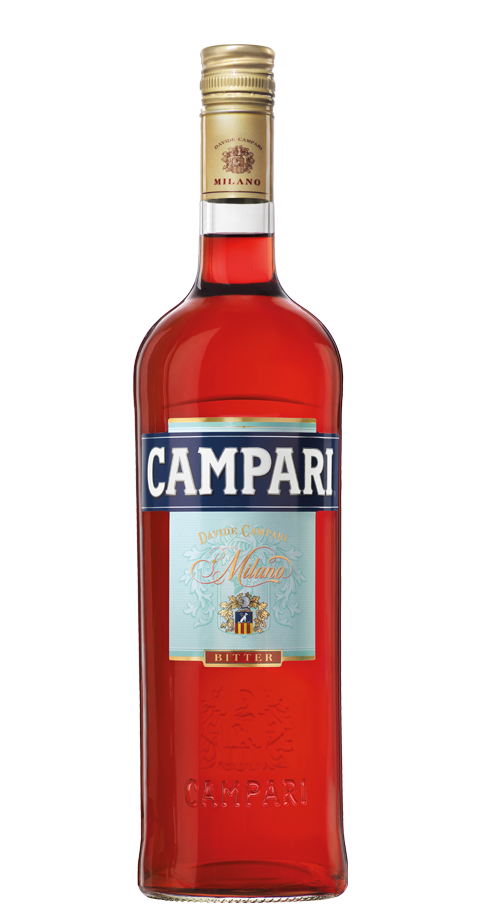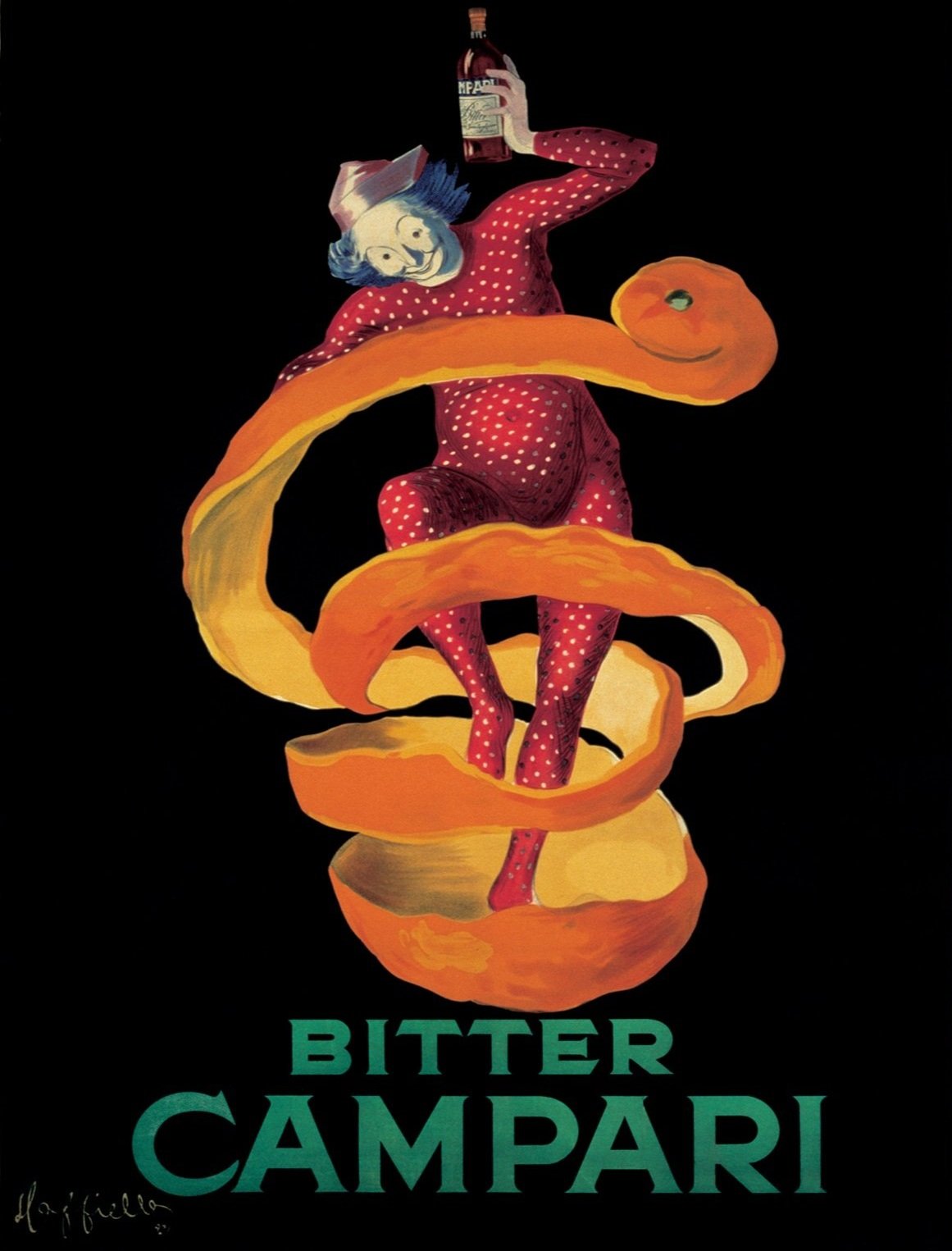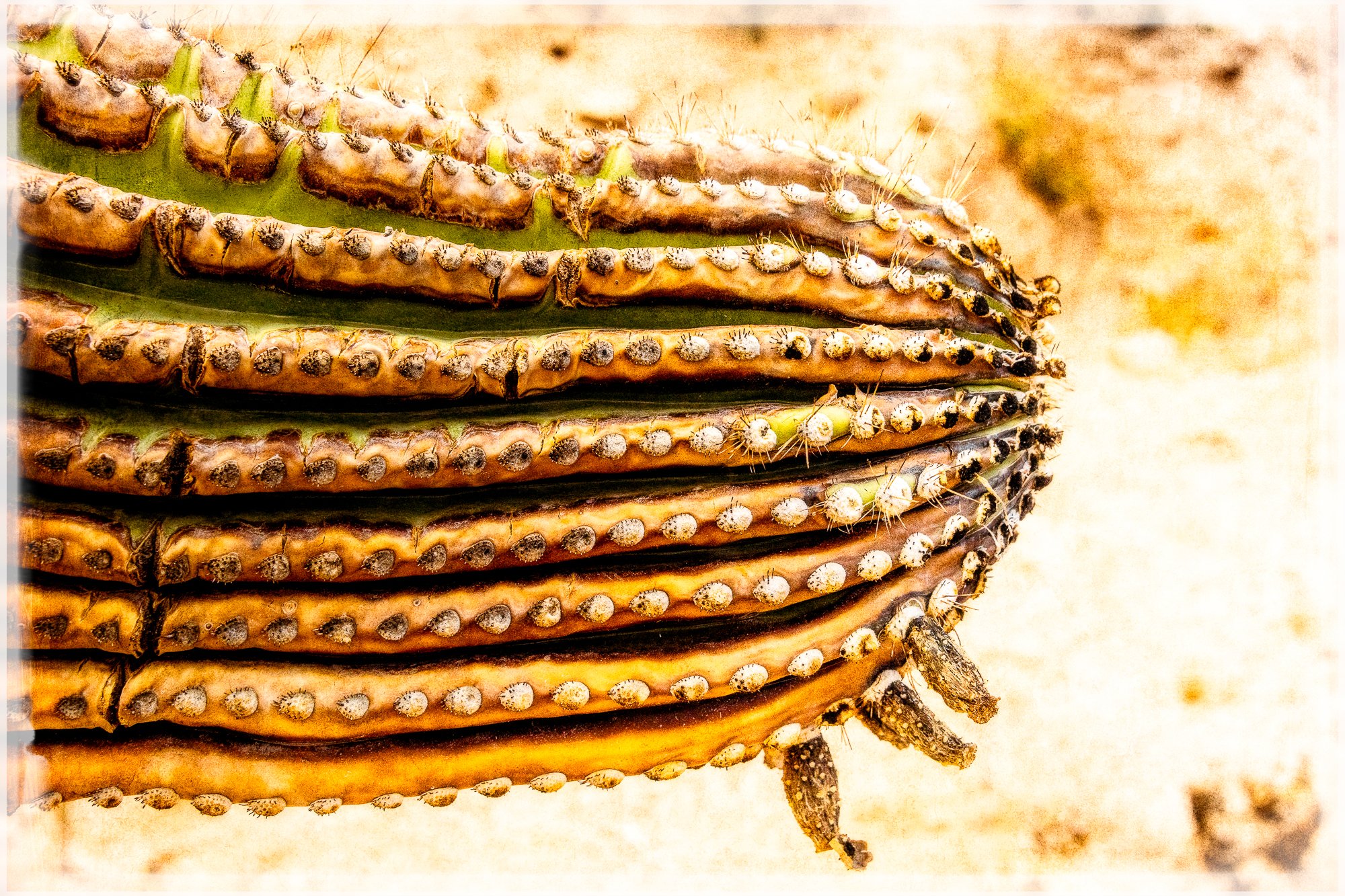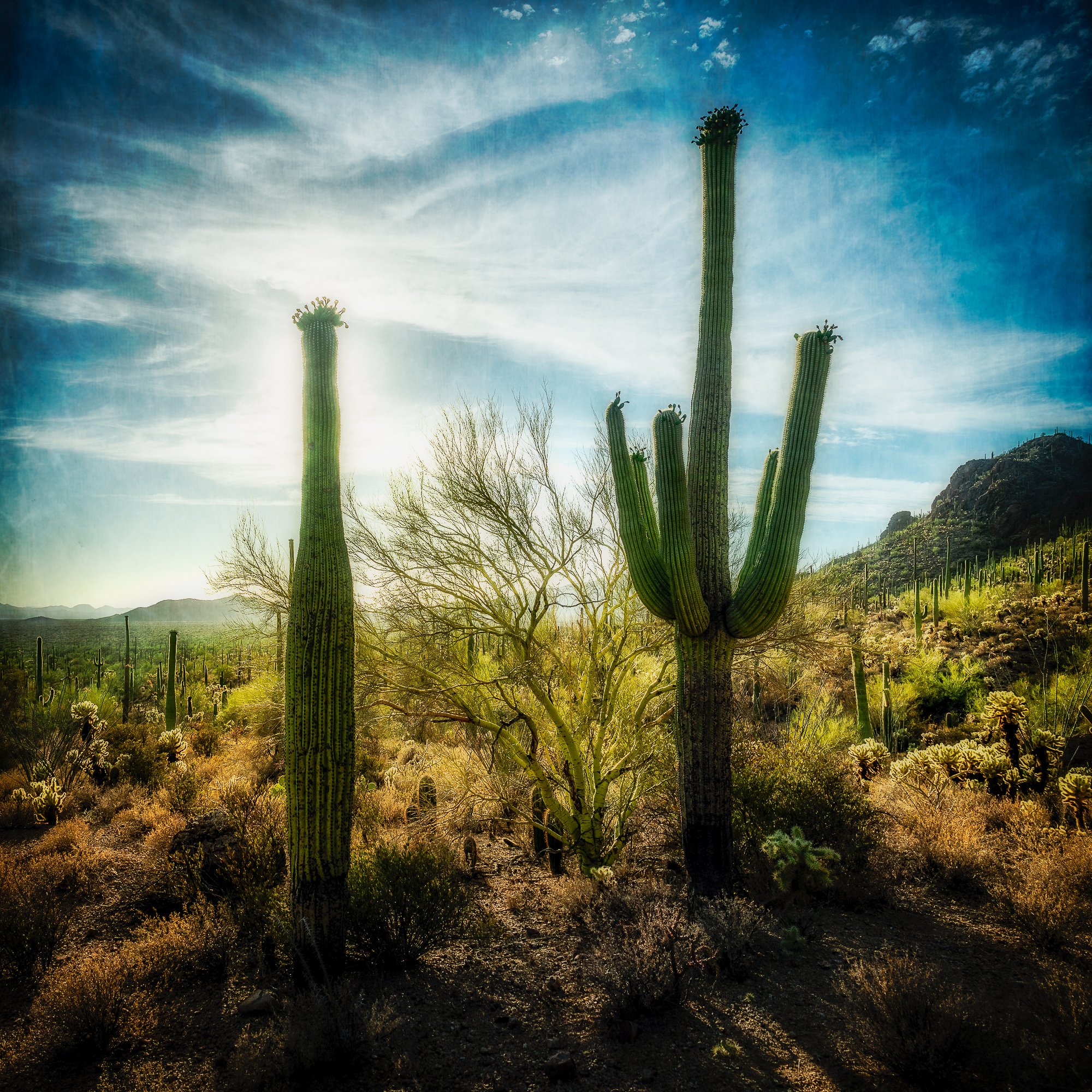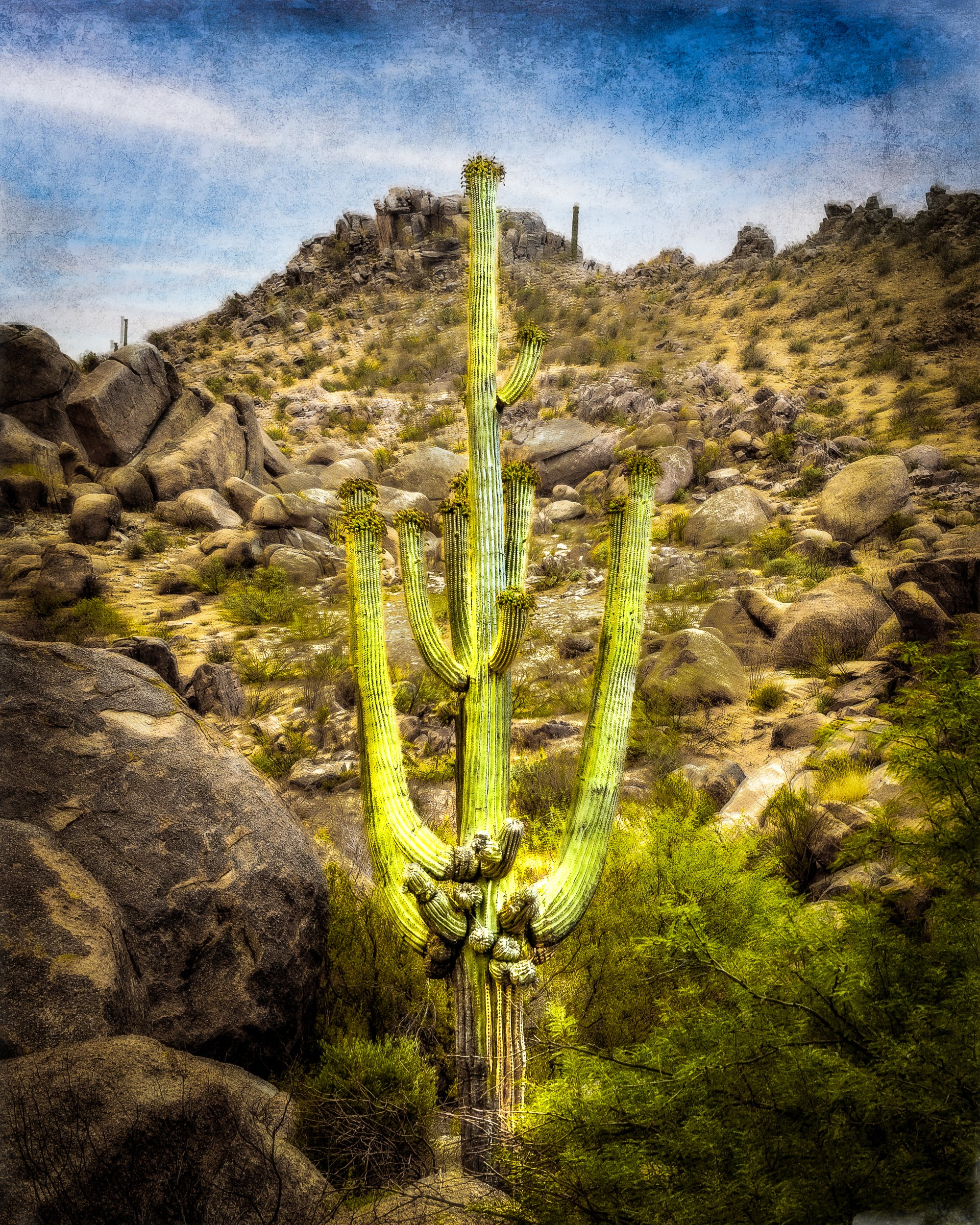For the benefit of the several new readers, I don’t just write about things Italian…I also have a ‘Print Store’ on this website. In that shop are many photos of doors and windows of Italy. The time that I take to process the snapshots that I’ve taken in Italy into fine-art photos for you is my ‘happy time’.
“Yesterday a friend asked, ‘When was the last time you were in Italy?’ I replied, ‘I’m in Italy every day.’ ”
The centuries-old buildings of Italy are a fabulous testament to the Italian craftsmen of old. However, because of the buildings’ ancient stone and plaster construction, adding modern conveniences like water and electricity often blemish the otherwise beautiful and charming façades. I want you to see these marvelous palazzos and common buildings in their pre-modernized state. So, what I do is remove blemishes through the magic of Photoshop to bring you the Italy of yesteryear.
Today, I give you a simple example of my digital architectural restoration. The door and façade to be transformed was photographed in Venice.
Where I Start
As always, I start with the original photo. My photos will always appear as blah when downloaded to my computer. When using a professional digital camera, one has the obligation to save photos in what is known as a “RAW” format. Saving photos in RAW format allows a much greater range of subsequent digital processing than a JPEG image from a typical camera, like your smartphone. But the tradeoff is that the JPEG format looks much better initially than an unedited RAW photo.
Enough said…and if you are interested, you can see more in a previous article of JPEG versus RAW which goes into more depth here.
Now, the Transformation
This original snapshot is all wonky, isn’t it? Because I had to capture the façade in the tight quarters of a narrow Venetian calle, I took the photo using a 14mm lens, which is an extremely wide-angle lens. A wide-angle lens will create distortion. So, I’ll have to get to work by straightening up this scene a good bit.
The original image, with significant distortion
In this second version, much, but not all, of the distortion has been resolved.
Just a bit more work puts things in proper perspective. And that note about mail delivery that’s been taped to the door? It had to go.
Here is where the restoration begins. I don’t like that dull green door. I’ve decided in my own volition that the door should be blue. So, I’ve made it blue.
The surface of the walkway in front of the door needs to be constructed, so I’ve done enough of that to satisfy my vision for the final photo.
And the plinth on which the pseudo-column to the right sits has to be constructed in this renovation…so, I’m on it.
Well, in my final crop of the image, it turns out that I didn’t need all of that pavement after all, but the plinth work was essential.
The Final Image
In the final photo, I wanted it to look like the palazzo is occupied and that someone is at home, waiting for you and me to drop by for an apertivo…and from last week’s article, you should now know what that is, right? So, I borrowed backlit lights above the door from another photo of Venice.
So, now you’ve seen behind the curtain in the transformation of a blah green door, to evening blue.
That’s it for today’s rather simple restoration of an ancient Venetian doorway. If you are interested in seeing more magical door and window transformations, check out my Index of Articles and scroll way down on the right-hand list to find, “Italy-Photo Transformations”.
I’ll see you next week to find out what the antipasto course is all about in Italian dining. Until then, I say…
Ciao for now,
Steve
If you got here without a subscription to Italy, Our Italy, click here to subscribe!




